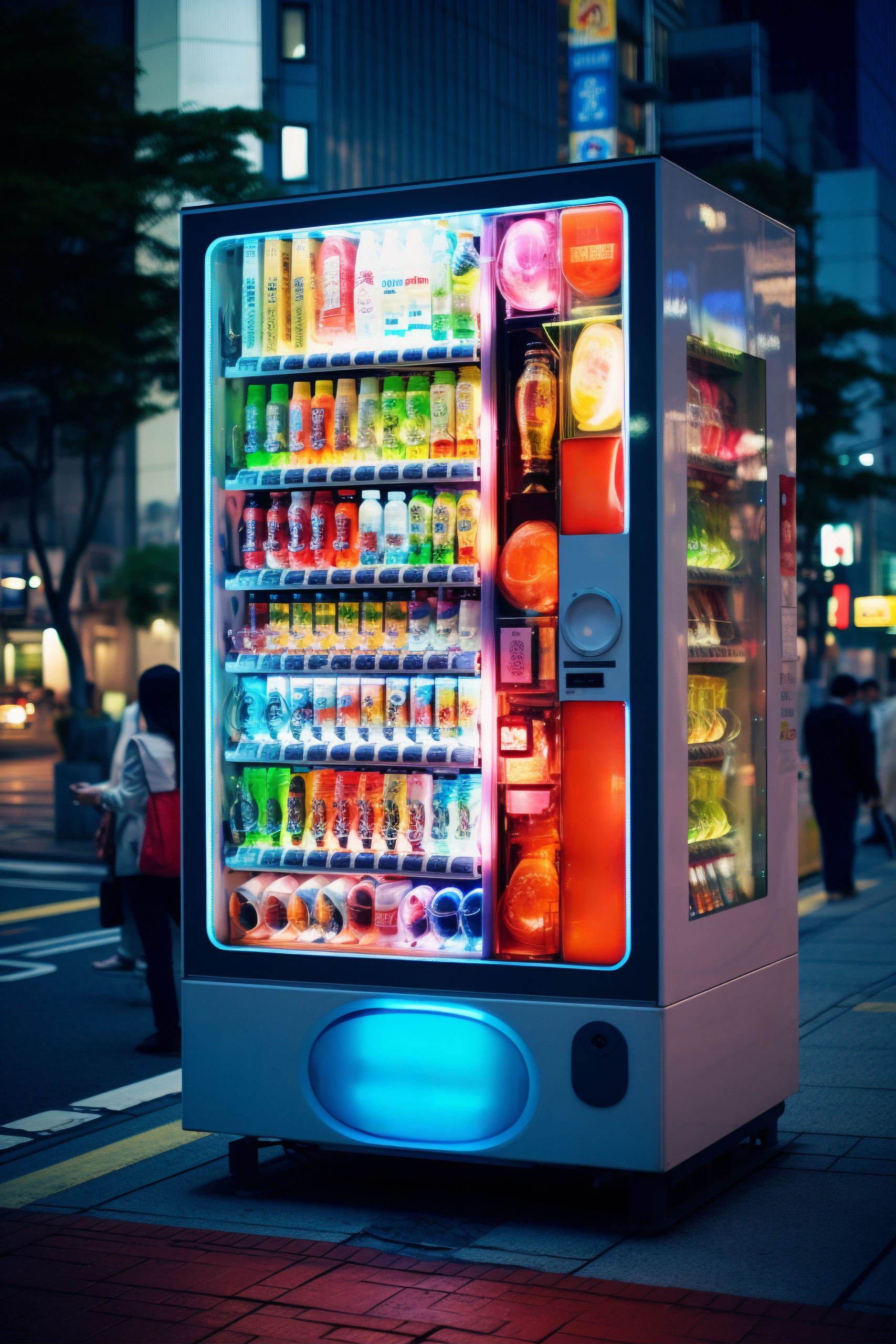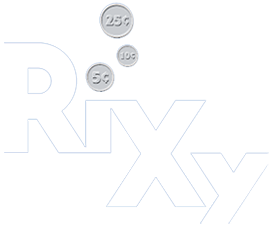Vending machines have become ubiquitous in our daily lives, providing convenient access to snacks, beverages, and other essential items. Whether you own a vending machine or are considering investing in one, understanding the basics of vending machine maintenance is crucial for ensuring its smooth operation and maximizing profitability.
In this comprehensive guide to vending machine maintenance, we’ll walk you through everything you need to know about maintaining your vending machine.
Why Maintenance Matters
Proper maintenance is essential for keeping your vending machine in optimal condition and preventing costly breakdowns. Neglecting maintenance can lead to malfunctions, product spoilage, and dissatisfied customers. By implementing a regular maintenance routine, you can minimize downtime, extend the lifespan of your vending machine, and maximize your return on investment.
Components of a Vending Machine
Before diving into maintenance procedures, let’s familiarize ourselves with the key components of a typical vending machine as a part of the guide to vending machine maintenance:
- Cabinet: The outer casing of the vending machine that houses the internal components and products.
- Payment System: Includes coin mechanisms, bill acceptors, credit card readers, and mobile payment options.
- Product Trays: Shelves or compartments where the items for sale are displayed.
- Refrigeration Unit (if applicable): Keeps perishable items such as beverages and snacks chilled.
- Control Panel: Allows operators to monitor sales, inventory levels, and machine diagnostics.
Now that we’ve identified the main parts of a vending machine, let’s explore how to maintain each component effectively.

Maintenance Checklist
Follow these vending machine maintenance tips to manage your machine smoothly.
1. Cleaning
Regular cleaning is the first checklist essential in the guide to vending machine maintenance. It is crucial for maintaining hygiene and ensuring the attractiveness of your vending machine to customers. Here’s a cleaning checklist:
- Exterior: Wipe down the exterior surfaces of the vending machine with a damp cloth and mild detergent to remove dust, fingerprints, and other residues.
- Product Trays: Remove product trays and clean them thoroughly with soap and water. Pay special attention to areas where spills and crumbs accumulate.
- Payment System: Clean coin mechanisms, bill acceptors, and card readers with a soft, dry cloth to remove debris and dust buildup.
- Refrigeration Unit: If your vending machine has a refrigeration unit, clean the condenser coils regularly to ensure proper airflow and cooling efficiency.
2. Inspections
Regular inspections help identify potential issues before they escalate into major problems. Conduct the following inspections on a routine basis:
- Product Inventory: Check inventory levels regularly and restock products as needed to avoid running out of popular items.
- Mechanical Components: Inspect coin mechanisms, bill acceptors, and other mechanical components for signs of damage or malfunction. Test each component to ensure proper functionality.
- Seals and Gaskets: Inspect door seals and gaskets for signs of wear or damage. Replace any worn seals to maintain proper insulation and prevent air leaks.
- Refrigeration System: Monitor the temperature inside the refrigerated compartments and verify that the refrigeration unit is operating correctly.
3. Maintenance Tasks
In addition to cleaning and inspections, there are specific maintenance tasks that should be performed regularly to keep your vending machine running smoothly:
- Coin Mechanism Calibration: Calibrate coin mechanisms periodically to ensure accurate coin validation and prevent coin jams.
- Bill Acceptor Maintenance: Clean bill acceptors and perform routine maintenance tasks as recommended by the manufacturer to prevent currency jams and sensor errors.
- Product Rotation: Rotate perishable items regularly to prevent spoilage and ensure that the freshest products are available to customers.
- Software Updates: Keep vending machine software up to date by installing the latest firmware updates and security patches provided by the manufacturer.
4. Security Checks
Ensuring the security of your vending machine is an essential consideration in the guide to vending machine maintenance. It protects both the machine and its contents from theft and vandalism. Here are some security checks to perform regularly:
- Lock Inspection: Check the condition of the locks on the vending machine doors and access panels. Make sure all locks are functioning correctly and replace any damaged or worn-out locks promptly.
- Surveillance: Install security cameras or surveillance systems in the vicinity of your vending machine to deter theft and vandalism. Regularly review footage to identify any suspicious activity and take appropriate action.
- Location Assessment: Evaluate the placement of your vending machine to minimize the risk of theft or tampering. Choose well-lit, high-traffic areas with low crime rates whenever possible.
- Cash Handling Procedures: Implement secure cash handling procedures, such as regularly emptying cash boxes and depositing funds in a safe location. Consider using cashless payment options to reduce the risk of theft.
- Tamper Detection: Install tamper-evident seals or devices on critical components of the vending machine, such as coin mechanisms and bill acceptors. Regularly inspect these seals for signs of tampering and take immediate action if any are found to be compromised.
Troubleshooting Common Issues
Despite regular maintenance, vending machines may encounter occasional issues that require troubleshooting. Here are some common problems and their solutions as part of our vending machine maintenance tips:
- Machine Not Powering On: Check the power supply and ensure that the machine is plugged in securely. If the issue persists, inspect the power cord for damage and test the electrical outlet with another device.
- Product Jam: If products become stuck in the delivery chute, open the machine’s service door and gently remove the jammed items. Inspect the product trays for misaligned or obstructed items.
- Payment System Errors: If customers encounter payment errors, inspect coin mechanisms, bill acceptors, and card readers for obstructions or damage. Clean the payment components thoroughly and test them for proper operation.
Conclusion
With this guide to vending machine maintenance, handling a vending machine doesn’t have to be complicated, but it does require diligence and attention to detail. By following the Vending machine maintenance tips outlined in this guide and addressing issues promptly, you can keep your vending machine in top condition and ensure a positive experience for both operators and customers. Remember, a well-maintained vending machine is not only more reliable but also more profitable in the long run.
FAQs
Q1: How often should I clean my vending machine?
Clean your vending machine weekly to maintain hygiene and prevent product spoilage. Adjust the frequency based on location, foot traffic, and product type. Regular cleaning ensures a positive customer experience.
Q2: What should I do if my vending machine is experiencing frequent product jams?
Inspect product trays for obstructions or misalignment and gently remove jammed items. Ensure trays are properly aligned and consult the user manual for troubleshooting. If issues persist, contact a professional technician.
Q3: Are there any specific regulations or guidelines for vending machine maintenance in my area?
Maintenance regulations vary by location and product type. Follow manufacturer guidelines and consult local authorities for specific requirements. Adhering to these ensures optimal performance and safety compliance.
